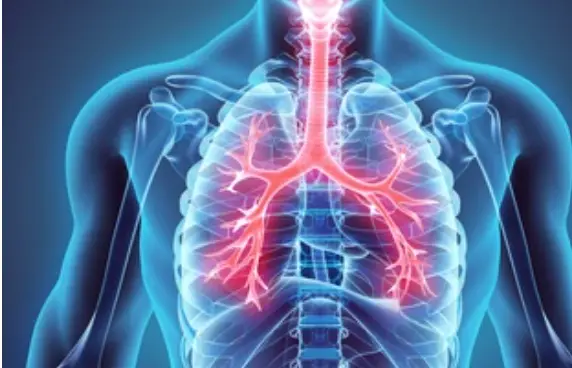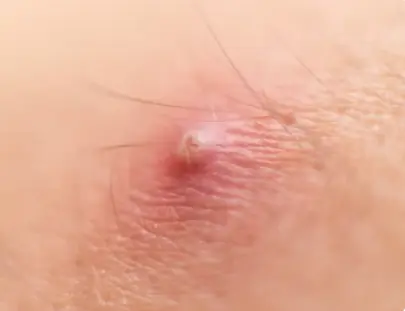 Welcome
Welcome
“May all be happy, may all be healed, may all be at peace and may no one ever suffer."
- A
- B
- C
- D
- E
- F
- G
- H
- I
- J
- K
- L
- M
- N
- O
- P
- Q
- R
- S
- T
- U
- V
- W
- X
- Y
- Z
Kaposis sarcoma - Generics
Kaposi's sarcoma is a rare type of cancer that develops in the cells lining the blood vessels or lymphatic vessels. It is most commonly seen in people who have a weakened immune system, such as those with HIV/AIDS or who have undergone an organ transplant. Kaposi's sarcoma can also occur in people who are not immunocompromised, although this is less common. In this article, we will discuss the causes, symptoms, diagnosis, and treatment of Kaposi's sarcoma.
Causes:
Kaposi's sarcoma is caused by the Kaposi's sarcoma-associated herpesvirus (KSHV), also known as human herpesvirus 8 (HHV-8). It is not known how the virus is transmitted, although it is thought to be through saliva, sexual contact, and blood transfusions. The virus is more common in certain populations, such as people from Mediterranean or African descent.
Symptoms:
The symptoms of Kaposi's sarcoma depend on the location and extent of the tumors. In the early stages, the tumors may appear as small, painless, red or purple lesions on the skin, mouth, or other areas of the body. As the disease progresses, the tumors may become larger and more widespread, causing pain, swelling, and other symptoms. Kaposi's sarcoma can also affect the internal organs, such as the lungs, liver, and digestive tract, causing symptoms such as shortness of breath, cough, abdominal pain, and vomiting.
Diagnosis:
Kaposi's sarcoma is diagnosed through a physical examination and a biopsy of the affected tissue. The biopsy is examined under a microscope to look for the characteristic changes seen in Kaposi's sarcoma. Blood tests may also be done to detect the presence of the KSHV virus.
Treatment:
The treatment of Kaposi's sarcoma depends on the location and extent of the tumors, as well as the person's overall health. Treatment options may include:
- Antiretroviral therapy (ART): For people with HIV/AIDS, ART can help improve the immune system and reduce the risk of Kaposi's sarcoma.
- Chemotherapy: Chemotherapy drugs can be used to kill the cancer cells and shrink the tumors.
- Radiation therapy: Radiation therapy uses high-energy X-rays to kill the cancer cells.
- Surgery: Surgery may be done to remove the tumors if they are small and localized.
- Immunotherapy: Immunotherapy drugs can help boost the immune system to fight the cancer.
Prevention:
There is no known way to prevent Kaposi's sarcoma, although practicing safe sex and avoiding sharing needles can help reduce the risk of HIV/AIDS, which is a major risk factor for the disease.
In conclusion, Kaposi's sarcoma is a rare type of cancer that is most commonly seen in people with a weakened immune system. It is caused by the Kaposi's sarcoma-associated herpesvirus (KSHV) and can appear as small, painless, red or purple lesions on the skin or other areas of the body. The treatment of Kaposi's sarcoma depends on the location and extent of the tumors, and may include chemotherapy, radiation therapy, surgery, or immunotherapy. If you have any concerns about Kaposi's sarcoma, it is important to speak with your healthcare provider.

Ulcerative colitis

Lower Respiratory Tract I...

Gram-positive infection

Irritable bowel syndrome...

Boils

Erysipelas

Wheezing

Disinfection of the skin...
Kaposis sarcoma, কাপোসির সরকোমা
To be happy, beautiful, healthy, wealthy, hale and long-lived stay with DM3S.